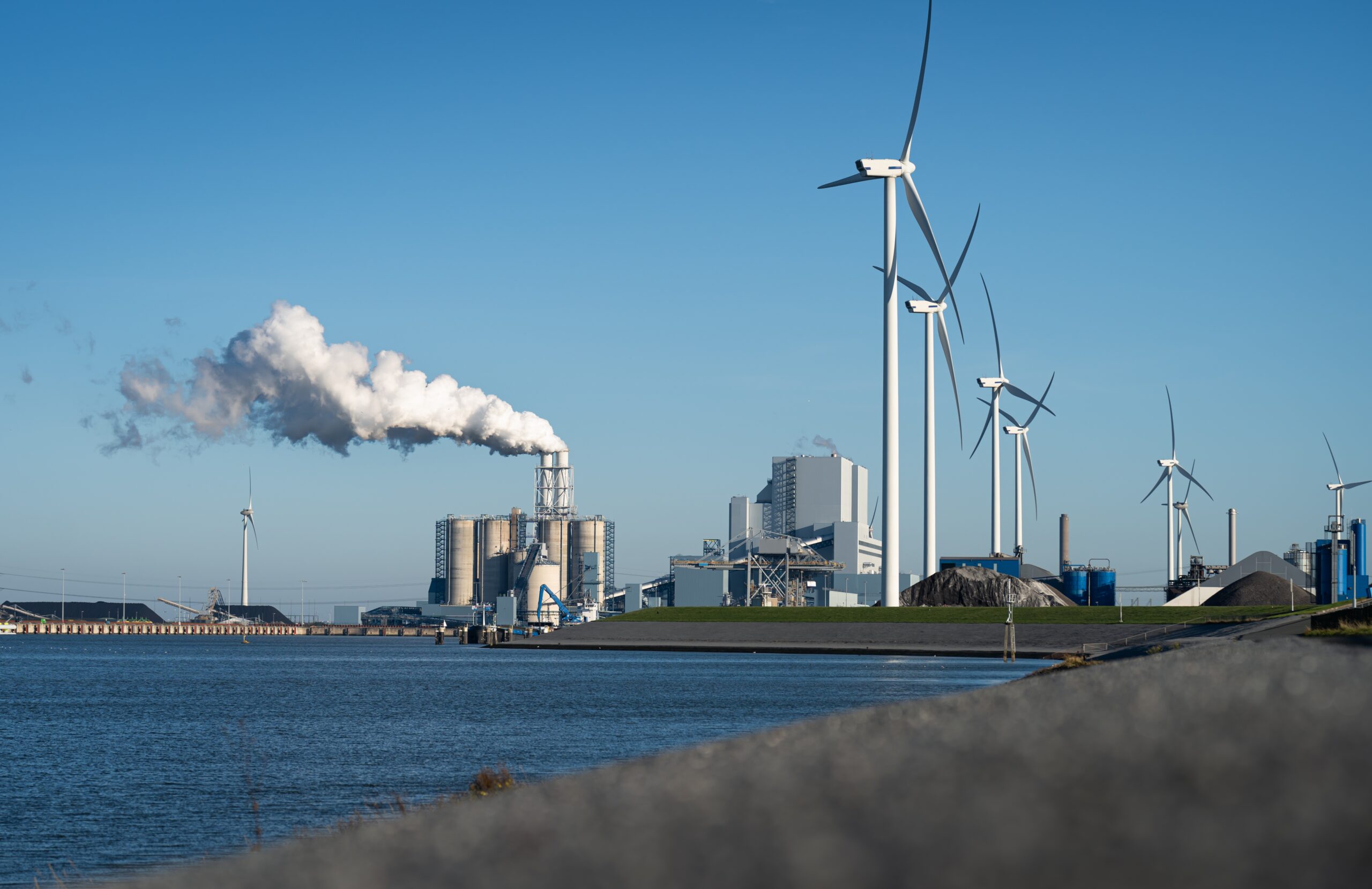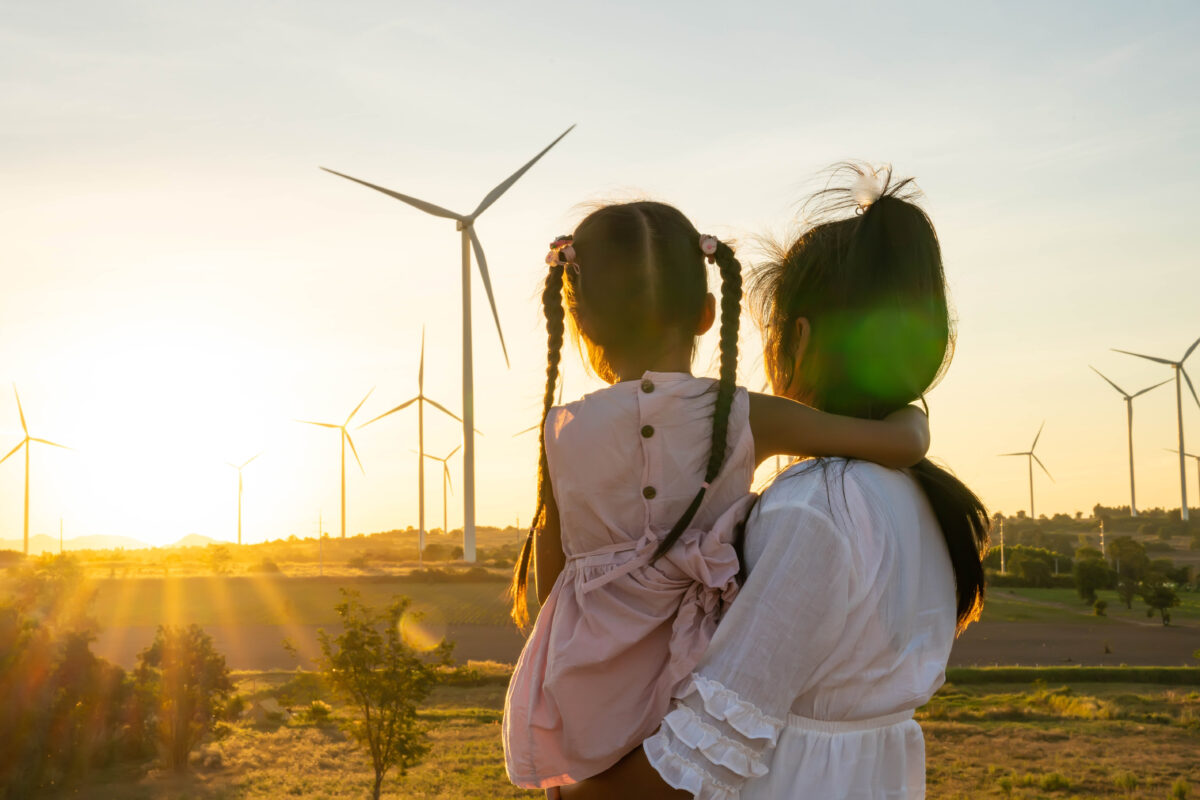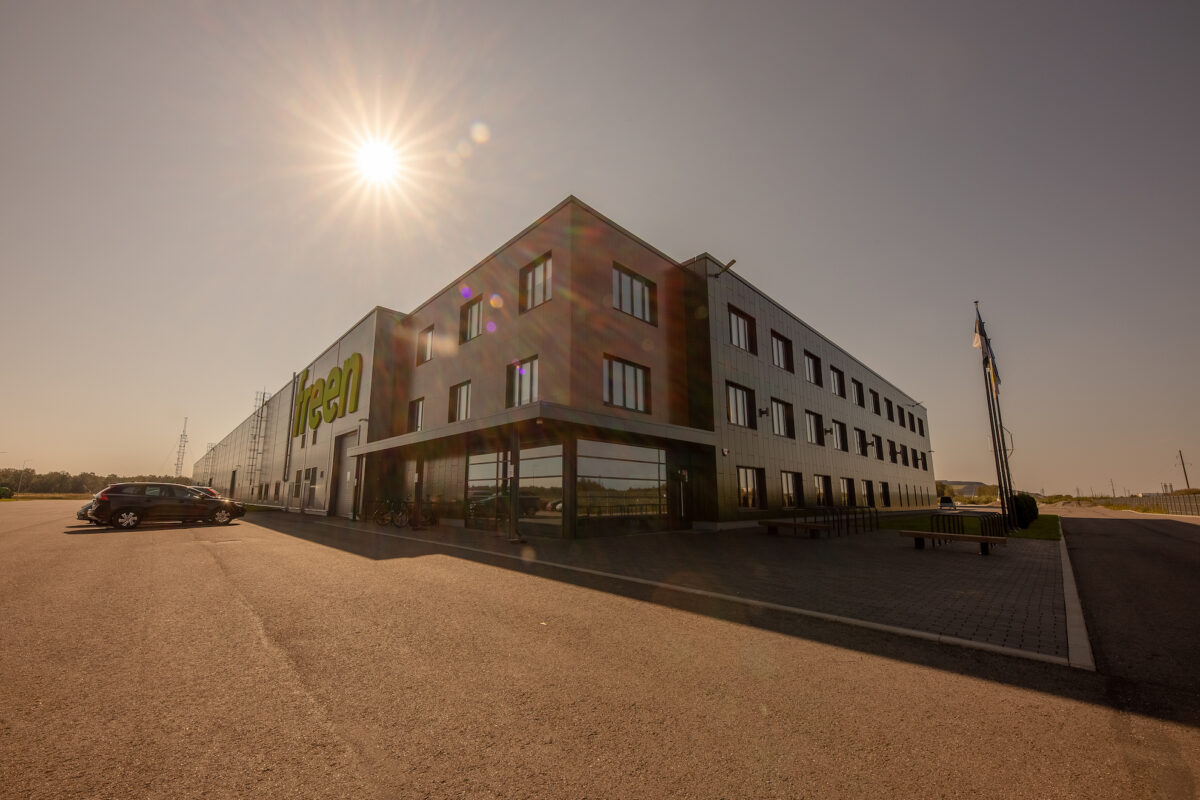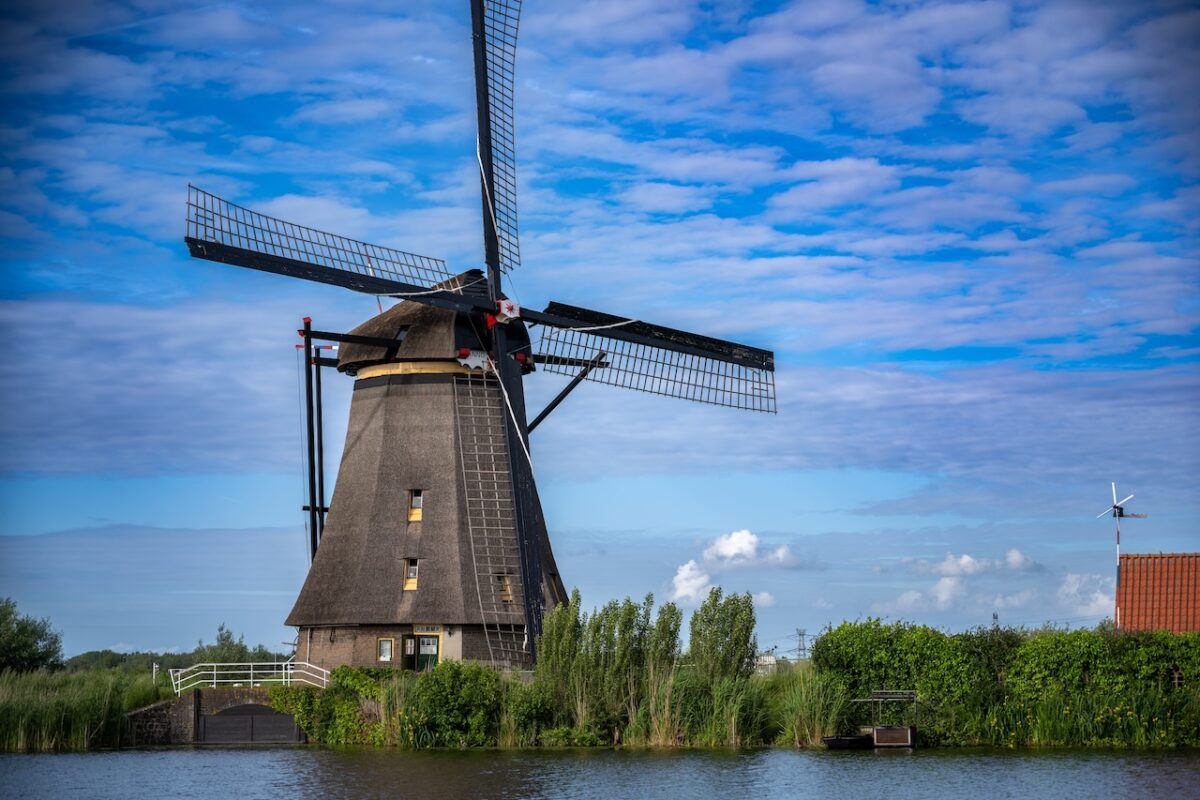With the pressing need to cut global emissions, the hunt for clean energy transition solutions has never been more urgent. Wind energy is rising as a great alternative—not only through massive offshore and onshore wind farms but also through smaller, localized wind systems. These small wind turbines, often called small wind solutions, are opening new doors for renewable energy in places where large installations may not fit, from individual homes and businesses to isolated rural areas. They provide a more sustainable and efficient alternative power source, helping meet global energy demand.
Countries around the world are working hard to reduce their reliance on fossil fuels and lower emissions, recognizing the importance of renewable energy. While big renewable projects have made a powerful impact, small wind technology is proving to be an equally promising solution. By allowing energy to be generated on-site, small wind systems offer real advantages: they cut down on transmission costs, give businesses and communities more control over their energy, and have a smaller environmental footprint. In short, small wind power is a promising way to bring cleaner energy closer to where it’s needed most, fueling the transition to a more sustainable future.
The Benefits of Small Wind in Renewable Energy
Infinite Renewable Energy
Wind is one of the Earth’s infinite resources. While the wind speed may vary from region to region, in the right location wind turbines are a reliable source of clean energy. Unlike fossil fuels, which are finite, small wind has a bright future and offers an unlimited supply.
Lowering Greenhouse Gas Emissions
Because small wind turbines produce energy without burning fossil fuels, this type of energy source decreases the world’s reliance on carbon. Of course, it’s the most important step in reducing greenhouse gas emissions and with that in helping with climate change and energy transition. Small wind turbines can also help countries meet international targets in reducing global warming, which are becoming more demanding.
Small wind turbines also avoid harmful byproducts or air pollutants. Thanks to that they don’t impact the environment in a negative way and align with green energy funds initiatives aimed at a cleaner future.
Energy Independence
Small wind also plays a part in achieving energy independence and with that energy security for a lot of communities and countries. They help with the diversification of the energy mix and because of that help to reduce the reliance on fossil fuels, which most of the time have to be imported. Because wind power can be generated locally it contributes to a decentralized energy system. Thanks to that, whole regions and countries are less vulnerable to price fluctuations and political tensions.
Global Energy Crisis and New Solutions
The world is dealing with an escalating global energy crisis, driven by surging demand, fluctuating fuel prices, and limited access to affordable energy sources. As countries strive to meet their growing energy needs, many are realizing the urgency of moving away from fossil fuels, which are not only bad for the environment but also highly vulnerable to market shocks and geopolitical conflicts. The reliance on imported oil and gas has left numerous economies exposed to unpredictable price swings and supply disruptions. In this context, small wind energy is emerging as a practical solution that can help address energy insecurity while supporting a more sustainable and decentralized energy future.
Small wind turbines offer communities, businesses, and even households the opportunity to generate their own clean power locally, reducing dependence on centralized grids and volatile fossil fuel markets. By integrating small wind into the energy mix, countries can build resilience, lower emissions, and take steps toward a cleaner, more stable energy system that better withstands future crises.
Advancing Energy Independence Through Small Wind Turbines
Small wind turbines are quickly proving to be a practical alternative to the high costs and complexities of large wind farms, making it easier for businesses and communities to achieve energy independence. Unlike large-scale projects, which often need major investments and government support, small wind systems are more affordable and flexible, fitting into a range of settings from rural areas to industrial sites. Thanks to advances in design and technology, these smaller turbines are now highly efficient and durable, generating enough power to make a real impact—all while reducing reliance on centralized power grids. With new developments in electric power storage and grid compatibility, small wind turbines could play a major role in the future of energy.
Do you want to learn more about alternative power sources? Contact us at Freen and talk with our experts about small wind.
Technological Innovations in Small Wind Turbines
Small wind technology is about to play an increasingly important role in the global energy transition, offering an accessible and adaptable solution for localized clean energy. While traditional horizontal axis wind turbines (HAWTs) are often chosen for large-scale installations, smaller vertical axis wind turbines (VAWTs) are becoming popular in small-scale applications. Companies like Freen are leading the way with VAWT designs that offer unique benefits for urban, industrial, and residential areas where space and wind conditions might not work for larger turbines.
Unlike HAWTs, which require consistent, unobstructed winds, VAWTs perform well even in turbulent wind conditions and compact spaces, making them ideal for areas with variable wind flow, such as cities or industrial parks. This adaptability brings new possibilities for integrating wind energy into existing infrastructure and urban settings, offering an efficient and reliable power source that minimizes challenges of wind power related to space and maintenance.
VAWTs have a vertical design, which means they take up less horizontal space and are easier to install close to existing infrastructure, like rooftops or parking structures. This adaptability opens up new possibilities for generating wind power at the point of use, minimizing transmission losses and reducing dependency on centralized power grids. The low-maintenance requirements and smaller footprint of VAWTs make them a cost-effective option, especially for businesses or communities aiming for energy independence without the high costs associated with larger wind projects. As energy innovations continue to increase their efficiency and affordability, small wind solutions like VAWTs could significantly contribute to a decentralized and resilient energy future, helping communities worldwide achieve their sustainability and emission reduction goals.
Are you interested in installing vertical-axis wind turbines on your property? We offer a comprehensive site feasibility survey to evaluate your location, potential ROI, and available incentives – free! Register here for more information.
Can Renewable Energy Replace Fossil Fuels?
The idea of replacing fossil fuels with renewable energy is no longer just a hope—it’s becoming a necessity as climate impacts worsen and global demand for clean energy grows. Fossil fuels like coal, oil, and gas currently power over 80% of the world’s energy needs but are the leading sources of greenhouse gas emissions. To curb these emissions and prevent the most severe impacts of climate change, experts are calling for global emissions to be cut nearly in half by 2030. Renewable energy sources such as wind offer an alternative: they’re infinite, increasingly affordable, and produce little to no emissions, making them the ideal candidates to replace fossil fuels and power the future of energy.
Wind energy, in particular, has emerged as a powerful player in the transition. Technological advancements have made wind turbines more efficient and scalable, allowing for the generation of clean, reliable power on a large scale. The cost of wind energy has dropped dramatically over the past decade, making it an attractive option not only for developed nations but also for low- and middle-income countries, where demand for affordable, sustainable power is growing fast. By 2030, renewable energy could make up as much as 65% of the world’s electricity, with wind energy playing a central role in that growth.
Renewable Energy Transforms Energy Security
Switching to renewables could also transform global energy security. Currently, around 80% of the global population lives in countries dependent on fossil fuel imports, making them vulnerable to economic volatility and geopolitical conflicts. Renewables like wind are available locally in most regions, meaning countries can generate their own clean power and reduce reliance on imported energy. While the transition requires significant investment the benefits are equally substantial, from lowered pollution to stronger, more resilient economies.
The Future of Small Wind in the Global Energy Transition
Small wind technology is quickly gaining ground as a vital piece of the global energy transition, offering a flexible and localized approach to renewable energy. Unlike large wind farms that require substantial space, investment, and infrastructure, small wind turbine can be installed closer to where energy is needed, from rural communities to industrial sites and even residential areas. This decentralized energy generation is not only more affordable but also supports energy independence and resilience, especially in areas with limited access to large renewable projects. With ongoing advancements in turbine efficiency, durability, and affordability, small wind is poised to become a practical, everyday solution for clean energy across the globe. As the world shifts toward greener energy sources, small wind holds the potential to power local economies and reduce emissions.








